[…]
Video Extra: Pennsylvania Railroad GG1’s in action
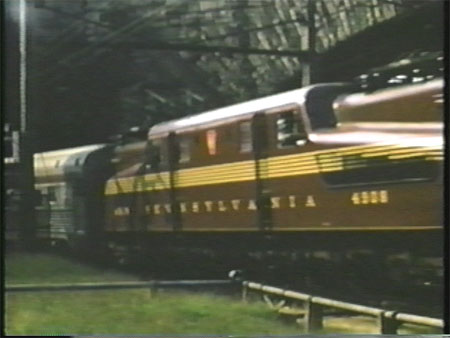
Action may be required on your Trains.com account in order to continue accessing content. Click here to learn more.

[…]
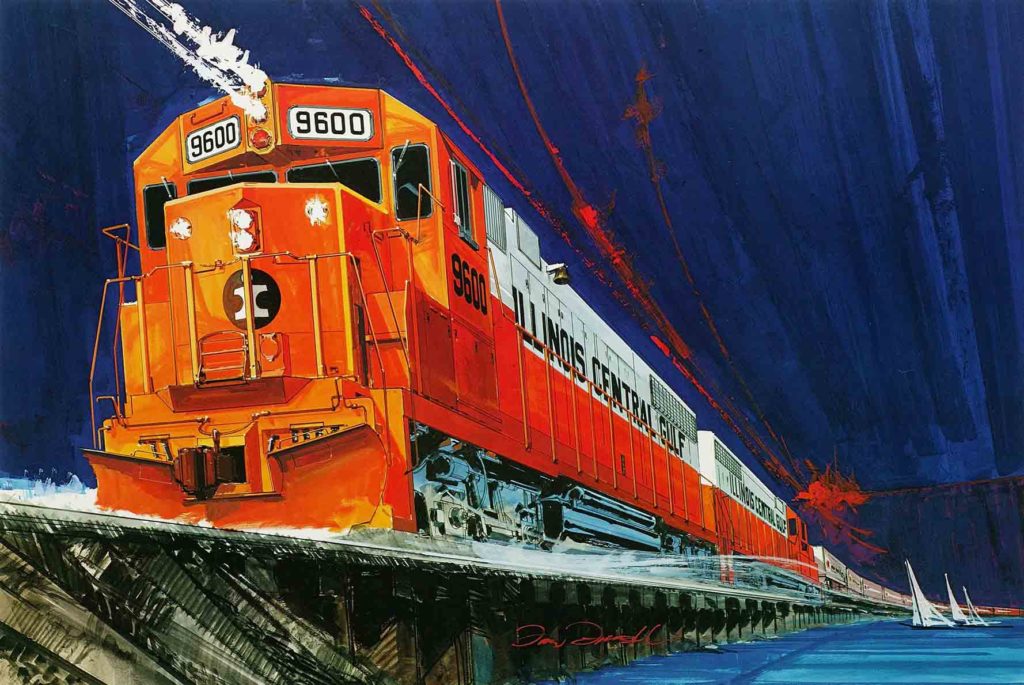
Tom Fawell’s painting depicts Illinois Cental Gulf GP38-2 No. 9600 on a low timber trestle. Artist Tom Fawell painted more than 100 promotional drawings for Electro-Motive Division. An article on his work, “The Bold Style of Tom Fawell,” appeared in Spring 2008 Classic Trains. Download it now in its entirety! See the June 2009 issue […]
In our June 2009 feature “A McCloud River Remembrance,” we brought you a photo essay of this fallen flag, as documented through the lens of rail photography legend Ted Benson. Of course, when it comes to Benson’s photography, there’s never enough room, so here’s a few more stunning shots of recent history. By summer 2005, […]
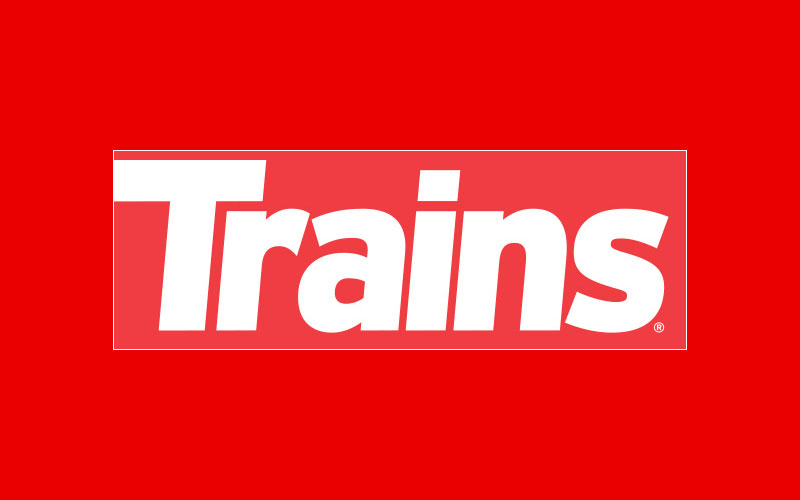
Our June 2009 “Fantrip” offered an itinerary for a 10-day Colorado railfan vacation. But you have 11 days to explore! Just in case you find yourself with time to spare, here are more ideas for railfan fun in Rocky Mountain territory. The Forney Transportation Museum The museum features more than 500 transportation exhibits. For the […]
[…]

[…]
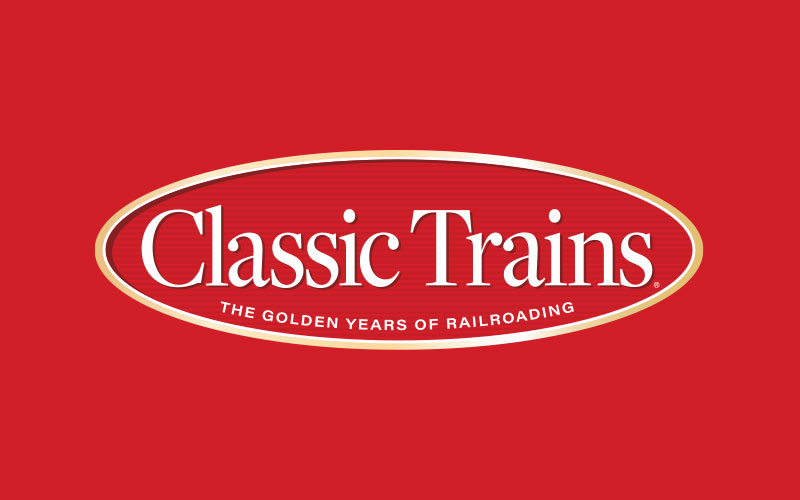
50 years ago in railroad history … A supplement to the Classic Trains Online Look Back e-mail newsletter TRAINS magazine devotes its April 1959 issue to an investigation titled “Who Shot the Passenger Train?” The landmark issue examines the (mostly unhealthy) state of the rail passenger business and proposes solutions. . . . [All feature […]
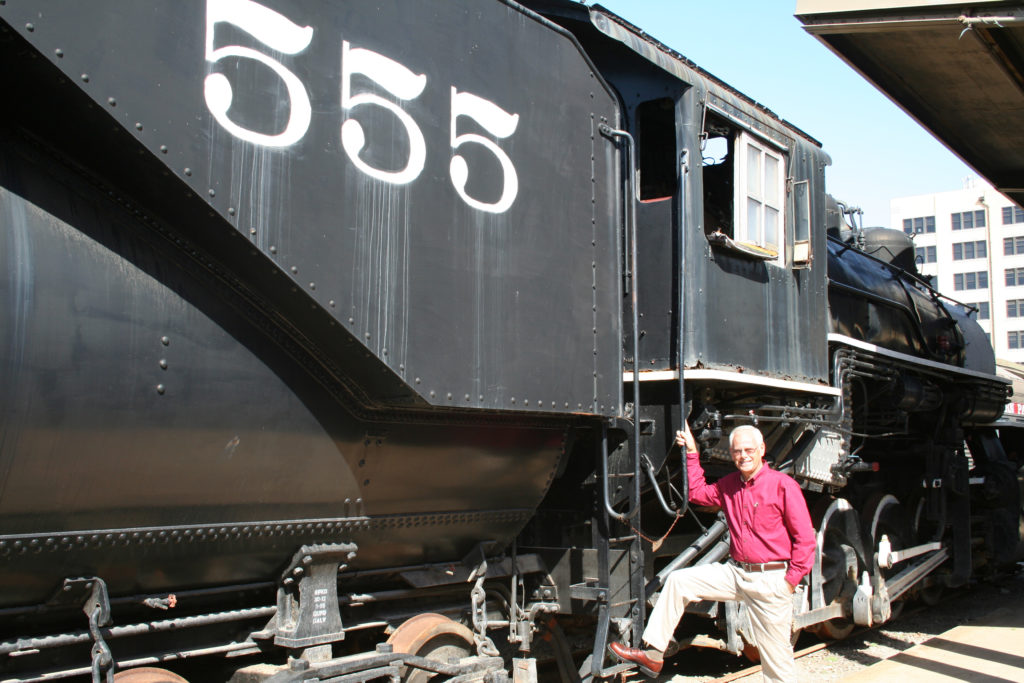
Magma Arizona 2-8-0 No. 5, with No. 555 on its Vanderbilt tender, and Galveston Railroad Museum Executive Director Morris S. Gould. Gregory DL Morris A wood boxcar shows damage from flooding caused by Hurricane Ike in September 2008. Gregory DL Morris The Galveston Railroad Museum suffered about $8 million in damage in September 2008 when […]
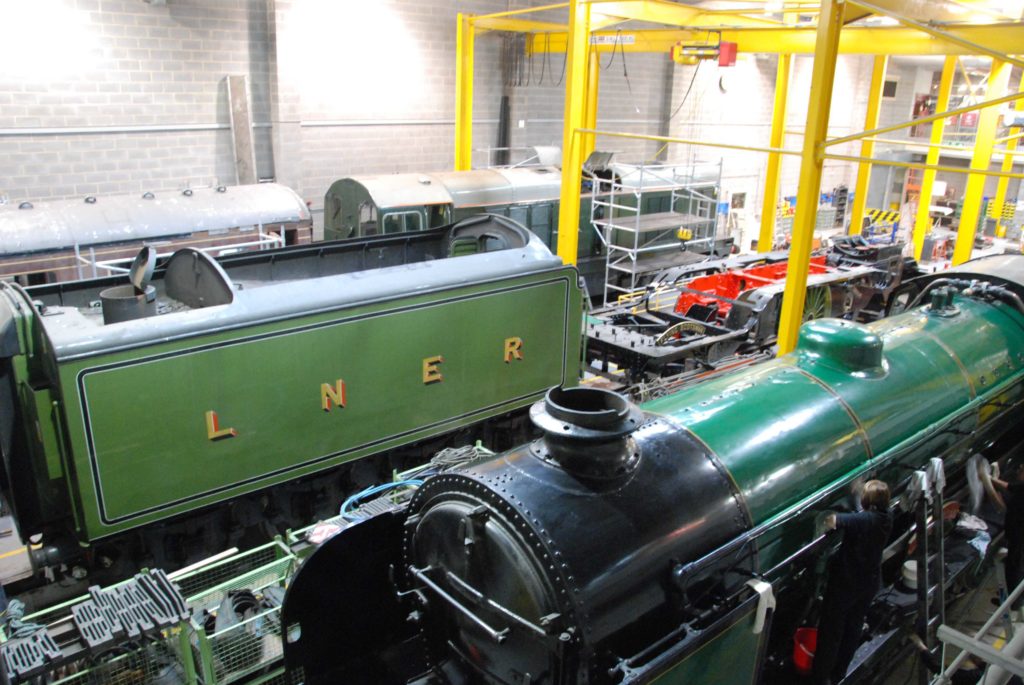
The tender for the famous Flying Scotsman and the frame reside in the shop at the National Railway Museum in York, England, in September 2008. The boiler is under repair at another location. Trains: Jim Wrinn England has the good fortune to obtain money for railroad preservation projects from the Heritage Lottery Fund (through its […]

50 years ago in railroad history … A supplement to the Classic Trains Online Look Back e-mail newsletter The U.S. Supreme Court on March 2 upholds a lower court’s ruling not to interfere in the discontinuance of New York Central’s Weehawken-Cortland Street Hudson River ferries, paving the way for their last runs on March 24; […]
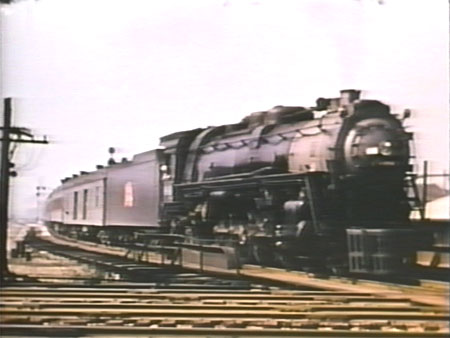
In the Spring 2009 issue of Classic Trains, Hal Lewis presents photos from his “Spring Break” trip to Chicago in 1950. One of his stops was Englewood Union Station, where trains of the Pennsy, NYC, Rock Island, and Nickel Plate mingled. Here, from the Herron Rail Video [www.herronrail.com] program “Glory Machines, Vol. 3,” are some […]
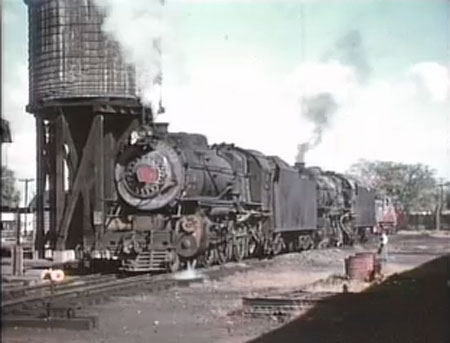
In the Spring 2009 issue of Classic Trains, a retired stationmaster looks back at his career with the Long Island Rail Road. Here, from the Herron Rail Video [www.herronrail.com] program “Pennsylvania Glory, Vol. 1,” are some scenes filmed by Benjamin T. Young of LIRR steam in action. […]